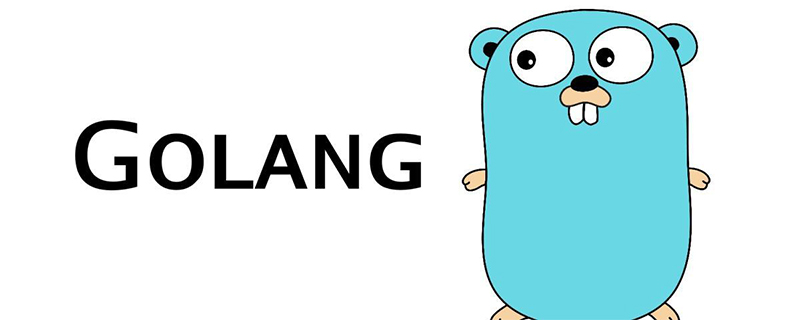Home >Backend Development >Golang >Golang determines whether a character exists in a string

Golang's method of determining whether a character exists in a string:
Determine the position (index) where a substring or character appears in the parent string
Index returns the index of string str in string s (the index of the first character of str) , -1 means that string s does not contain string str:
strings.Index(s, str string) int
LastIndex returns the index of the last occurrence of string str in string s ( The first character of str index), -1 means that the string s does not contain the string str:
strings.LastIndex(s, str string) int
If ch is a non-ASCII encoded character, it is recommended to use the following function Position characters:
strings.IndexRune(s string, ch int) int
Example:
package main
import (
"fmt"
"strings"
)
func main() {
var str string = "Hi, I'm Marc, Hi."
fmt.Printf("The position of \"Marc\" is: ")
fmt.Printf("%d\n", strings.Index(str, "Marc"))
fmt.Printf("The position of the first instance of \"Hi\" is: ")
fmt.Printf("%d\n", strings.Index(str, "Hi"))
fmt.Printf("The position of the last instance of \"Hi\" is: ")
fmt.Printf("%d\n", strings.LastIndex(str, "Hi"))
fmt.Printf("The position of \"Burger\" is: ")
fmt.Printf("%d\n", strings.Index(str, "Burger"))
}For more golang knowledge, please pay attention to the PHP Chinese websitegolang Tutorial column.
The above is the detailed content of Golang determines whether a character exists in a string. For more information, please follow other related articles on the PHP Chinese website!